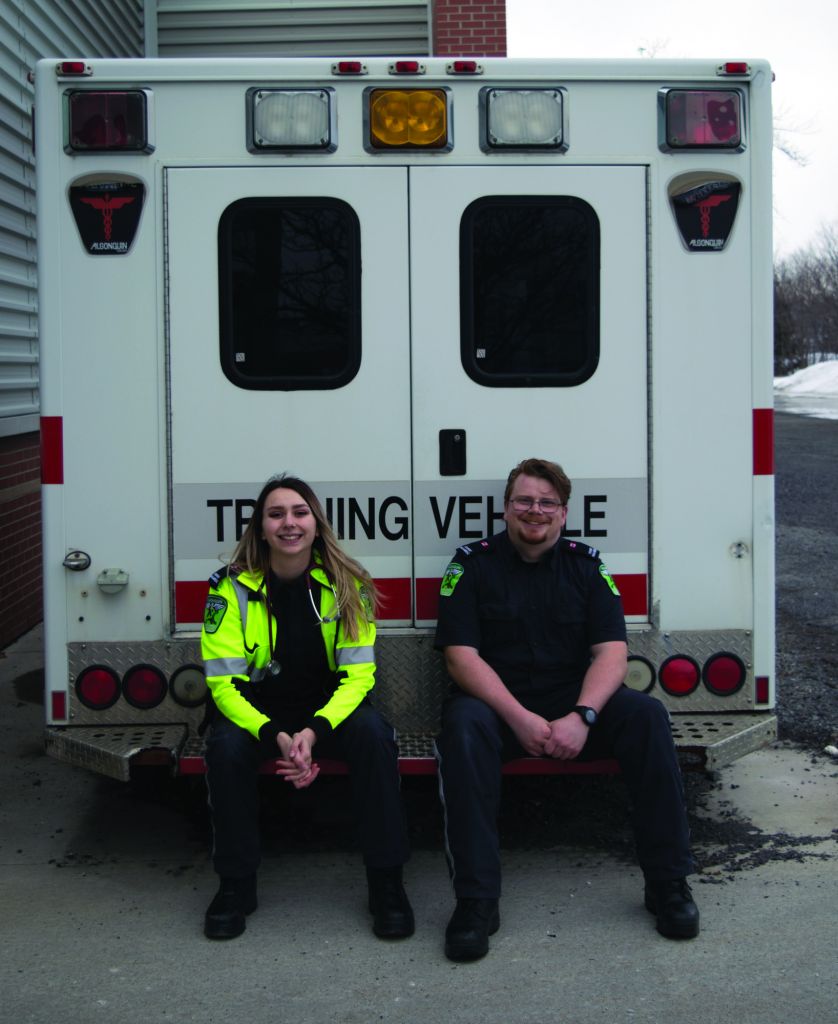Algonquin is preparing for the fentanyl crisis which struck Ottawa earlier this year in January.
The college has yet to see any adverse effects of the opioid epidemic that is growing in the region, but concerns from parents and students are prompting different services to be ready for preventative and emergency measures.
A study conducted by the City of Ottawa showed that 13 per cent of youth between the ages of 15 and 20 have tried or used prescription drugs that weren’t prescribed to them. Two-thirds of those people obtained those prescription pills from a family member, friend or roommate.
However, that drug use has yet to be seen or have an effect on the Woodroffe campus.
“Generally we find drug use is staying the same,” said Jason Condon, the coordinator of investigations at Security Services. “Marijuana seems to be staying prevalent, but society is no different in a college than it is outside of the college.”
Opioid use outside of the college is exactly what this year’s paramedic students are preparing for. The City of Ottawa has online lessons on how to use anti-overdose drugs such as naxolone, and now students in the paramedic program are being groomed for the management of overdose victims, a skill that could potentially be used should the fentanyl wave hit Algonquin.
“Most narcotic overdose patients have not only opioid drugs on board, but other drugs mixed in whose symptoms could predominate once Narcan is given,” said Jim Whittle, coordinator of the paramedic program. “Our paramedic students are extensively trained in assessment and management of narcotic overdose patients.”
Graphic design student Brandon Cardenas thinks emergency management is not beneficial to the student population if the opioid crisis can’t be prevented in the first place.
“Kids either do drugs to rebel, or do drugs to disconnect themselves from others. Either way, I don’t think any kind of proactive solution will help,” said Cardenas. “Everyone knows drugs are harmful, but teens go through a period of perceived invulnerability.”


